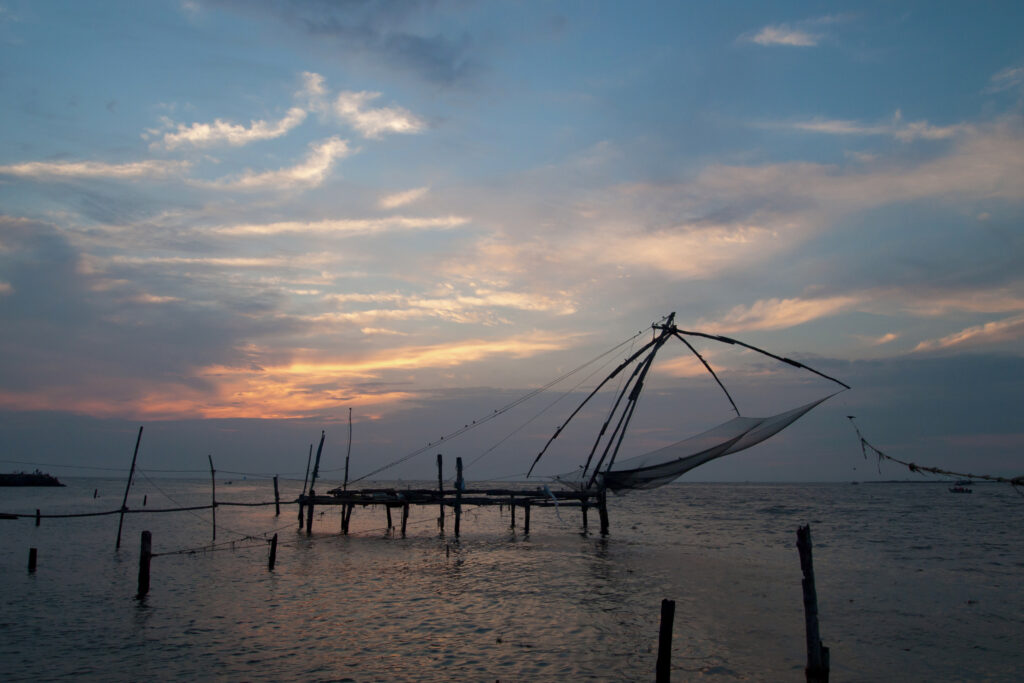Interested in Kayaking but don’t have much skill? Kayaking can be an excellent idea to get out on the water, either for a more special overnight adventure or a leisurely morning paddle.
Most kayak buffs have made it their regular routine because it’s a low-impact activity with numerous advantages. They connect Kayaking with other activities to improve their health and spend good moments with family and friends.
Thus, Kayaking is a great way to relax as you spend your quality time on a sunny afternoon. Running down a waterfall or fishing will encourage you to experience a peaceful and healthier adventure.
How to Kayak: Guide To Kayaking
Also Read : Top 10 Paddle Boarding Destination In The World https://www.yourvacationtrip.com/paddle-boarding-destination/
At the same time, paddling a kayak has significant challenges; still, it’s friendly for newcomers. Therefore, this post is a perfect Guide To Kayaking for you.

Kayak Gear and Clothing : Guide To Kayaking
Primary kayaking gear:
Any services that offer a boat should also give these things:
- Paddle (make sure they verify the proper size for you)
- PFD (Personal Flotation Device)
- Spray skirt (optional on warm, calm days)
- Bilge pump
- Helmet
- Safety Goggles
Suitable clothing:
- Take the following for a warm-weather, warm-water drive:
- Swimwear or shorts (non cotton and nonbinding)
- Long- or Short-sleeve rashguard top (non cotton)
- Sun-shielding hat
- Neoprene footwear
- Rain jacket or spray jacket and pants (weather-dependent)
- Lightweight fleece jacket or vest
If the temperature is colder than 15 C (particularly the water), a wetsuit is also needed.
Other Personal Essentials:
- First-aid kit
- Signaling whistle
- Plenty of water
- Snacks for energy, and a lunch for more bigger trips
- Watch (so you can provide yourself lots of time to get back)
- Sunscreen, sunglasses, and lip balm
- Dry bags
- Headlamp (in case you’re too late getting back)

Launching a Kayaking
Before starting your kayaking adventure, You first need to learn how to make a stable entry into the water. Here are some ways which will help you launch your boat.
- Set your vessel on the edge of the water with just adequate water to enable it to float and not run away. This will help you in controlling the Kayak as you enter.
- Keep your load steady as you get in the vessel and utilize the paddle to balance yourself. You can place one leg first, then drive your other foot in.
- Once you’re comfortable inside the cockpit, you can launch your Kayak. Place the paddle ahead of you and slide it into the water. You can reach the shore utilizing one side and push the vessel into the open water.
- Start paddling to drive your boat forward.
Paddling Techniques
You need to apply an accurate method to avoid twisting your body more as you submerge the paddle and drive forward.
Having a great posture will support you to manage your body perfectly. Therefore, you need to sit straight, relax your shoulders, free your chest for easy breathing, and avoid bending against the backrest.
Keep your feet together for proper torso rotation and efficient paddling.
Forward Sweep Stroke :
Forward Sweep strokes help you run the Kayak forward from point A to B.
Your hold on the paddle should be almost carefree. Relax from your torso to begin the forward paddling stroke and pull the sweep along the side of the vessel. Always keep the upper hand at your nose level during the movement.
Maintain the paddle vertical to build frontward prolusion energy. Moreover, the paddle strokes should move parallel to the vessel. Your feet and body should lead the boat forward. Continue repeating the technique until you arrive at your stop.
Reverse Sweep Stroke :
One of the necessary techniques that you require to learn in this activity is how to turn the vessel. Moving straight is easy, but you need to understand how to return back from where you began.
You need to grip the paddle tightly and stick to it in the water.
Keep a more acute angle between the cockpit and the paddle to provide you a more extensive turning angle, and the vessel will turn quickly.
The boat will shift to the side you’re sticking the paddle. So, if you desire to change to the right, hold the paddle from the right side of the Kayak.
Raise the strokes to quickly run the vessel forward once you have turned.
Tips for Your First Time Kayaking
Planning your first non-guided outing? Make things easy on yourself:
- Bring a paddling partner. When no guide is with you, you should always bring one partner who can provide assistance or summon help.
- Opt for a small, calm body of water. Ponds or lakes with limited or no powerboat traffic are perfect.
- Discover a slightly sloping sandy beach to start. Muddy, steep, and rugged shorelines will be more difficult.
- Trip on a sunny, windless day. You’ll keep comfort high and difficulties low.
- Remember your distance limit. If you’re inexperienced in rescue training, don’t paddle farther from shore. (Near-shore spaces are more exciting anyway.)
What to do in Case of Emergency :
Even though kayaking is an appealing and pleasant adventure, a lot can result when on the water. Hence, you need to understand how you can manage such a crisis when it happens.
The following measures will assist you in time of an emergency.
Carry the Right Equipment: you can only control a kayak emergency if you’re already equipped. For that reason, wear the proper gears as mentioned above in Gears & Clothing.
Recover your Position when the Kayak Overturn: Kayaks are swift and maneuverable vessels and can overturn and leave you underwater. Apply your paddle to recover your momentum. You can perform a wet exit to move out of the vessel and move back in when you turn it.
Paddle Float: Going back into the boat after a roll might be challenging, particularly when the paddle floats become inflated and you require them. So it would be best if you always had the paddle float attached to the bungee cords and close to the vessel stern.
Inform your friends and family about your tour and notify them when a crisis happens asap. Use hand signals, whistles, horns, signaling mirrors, headlamps, flags, or flares to signal others.
Do your best, and have fun!




